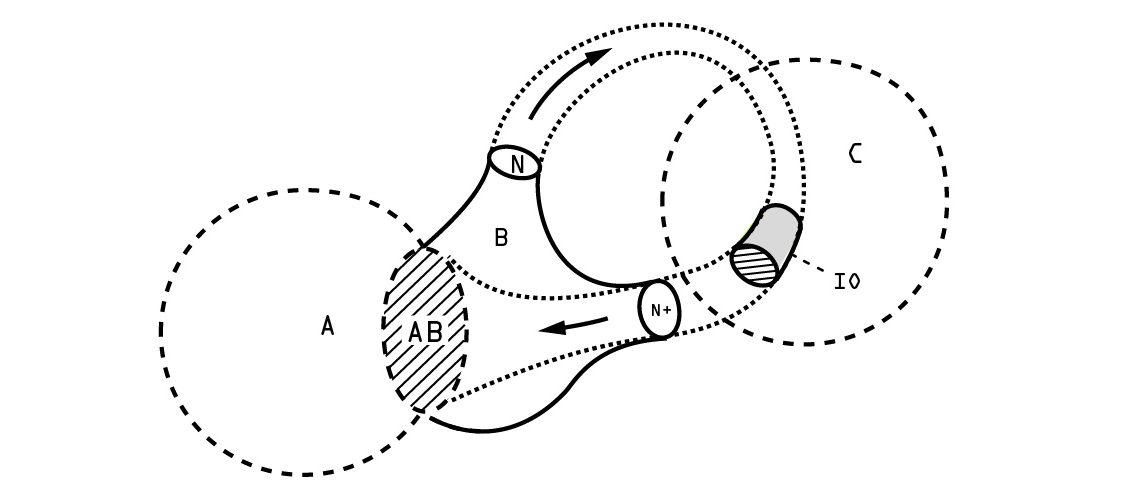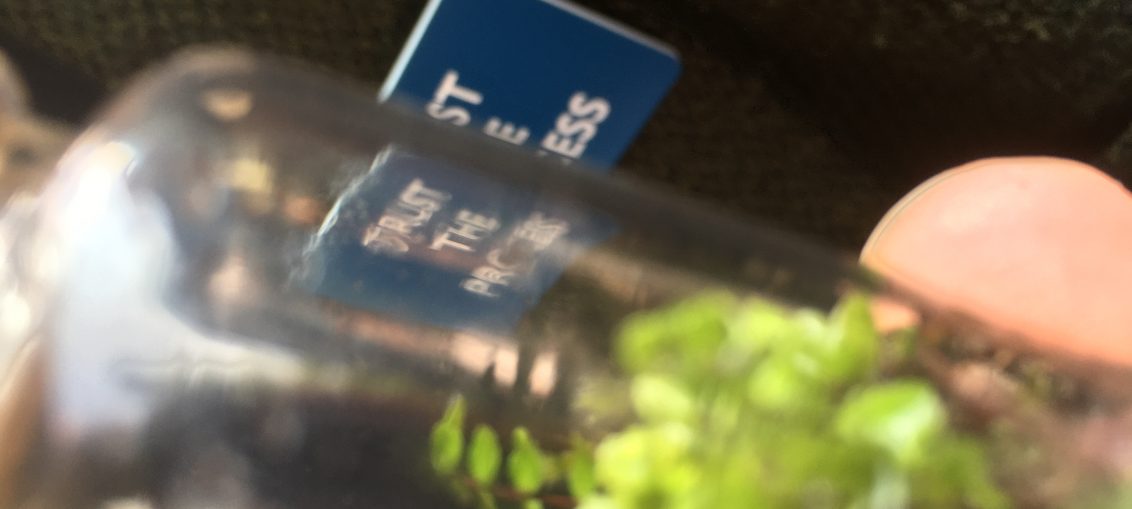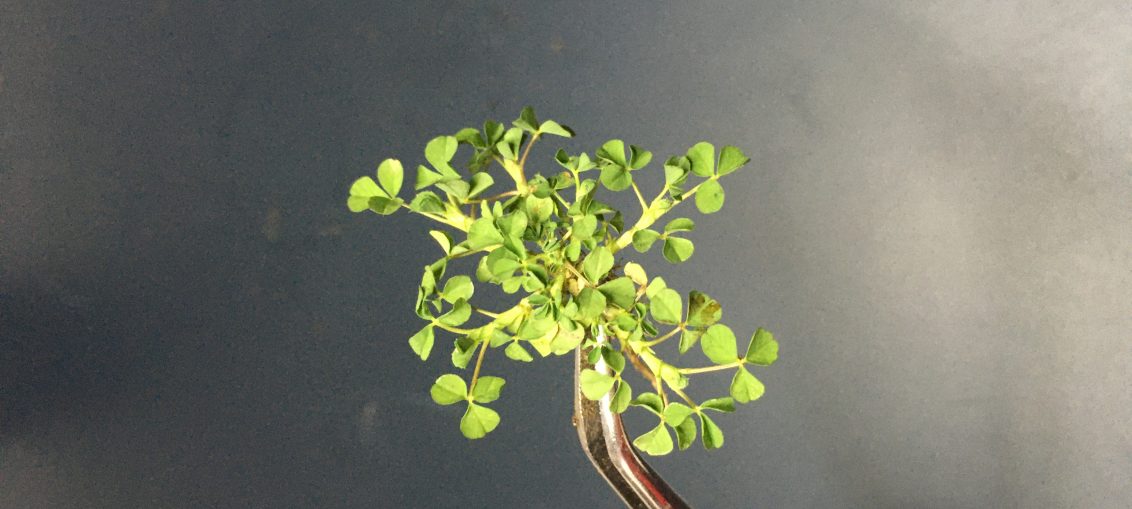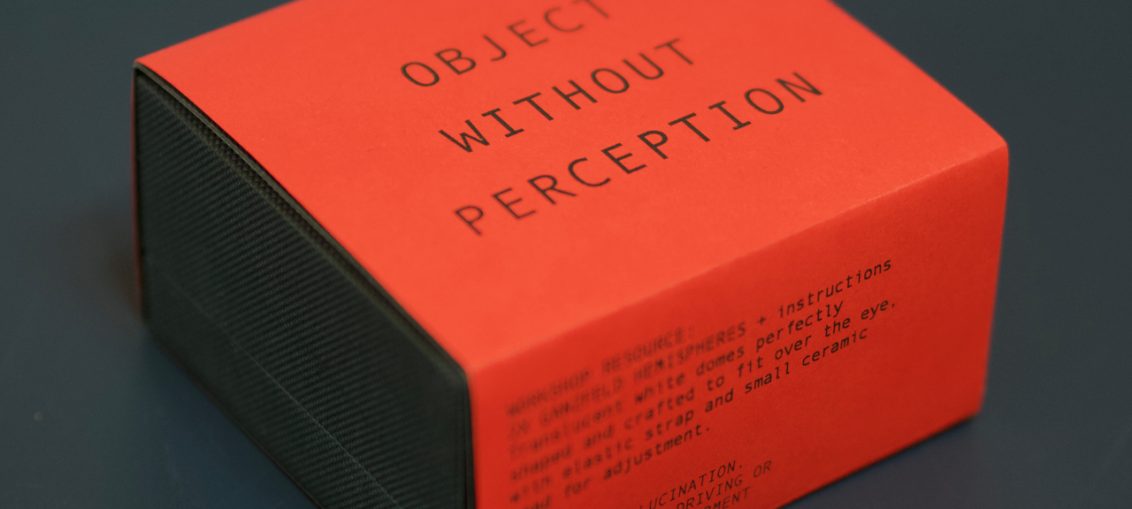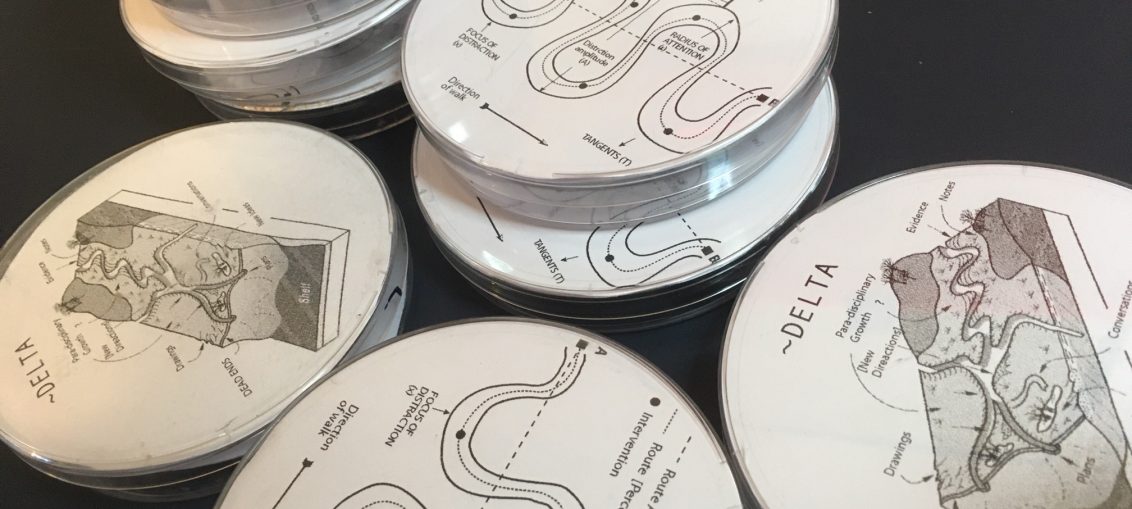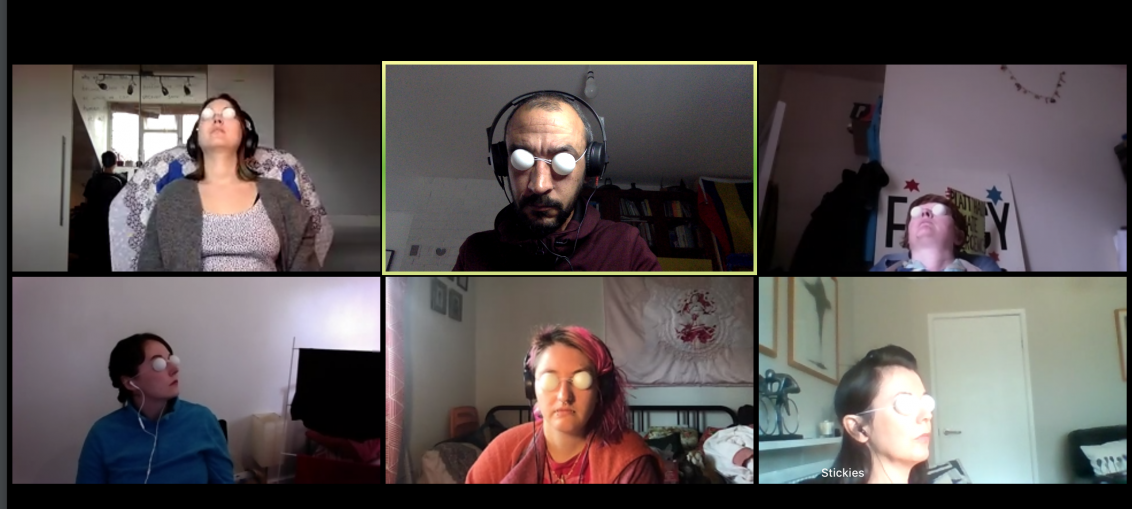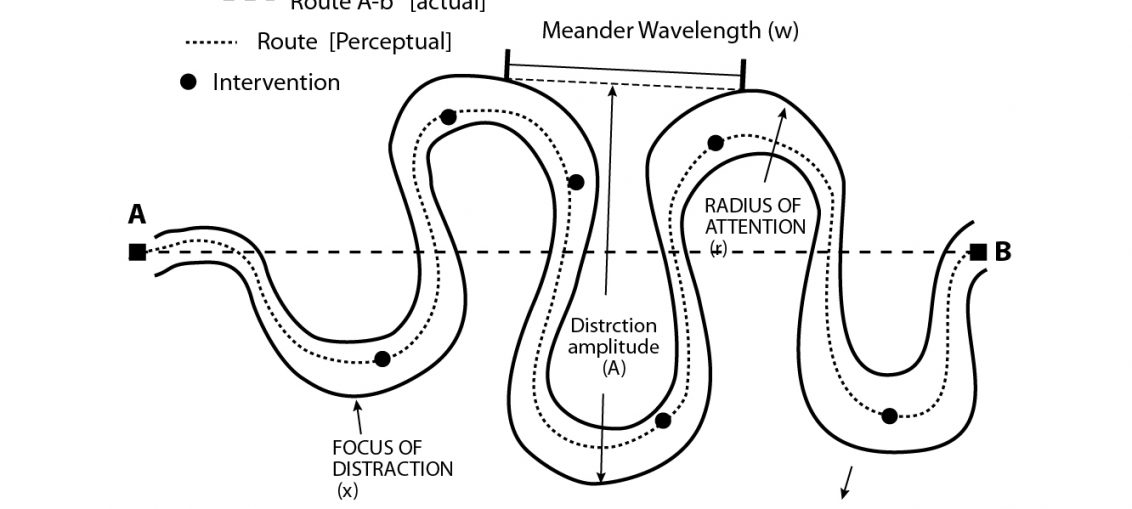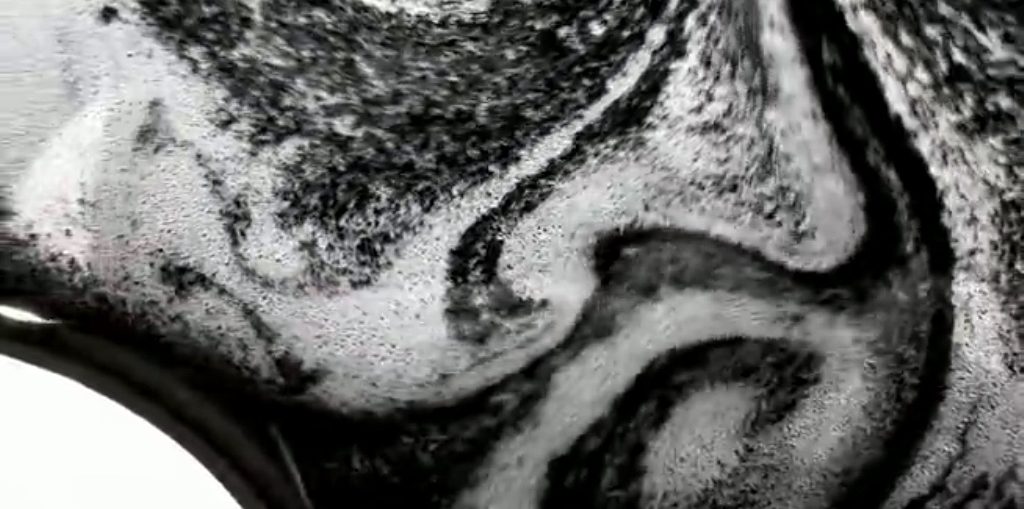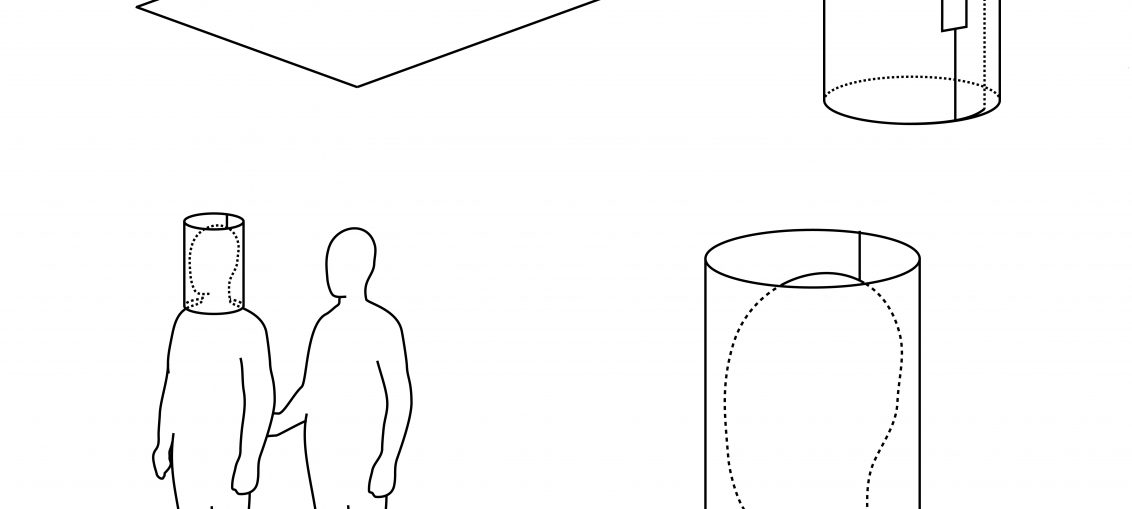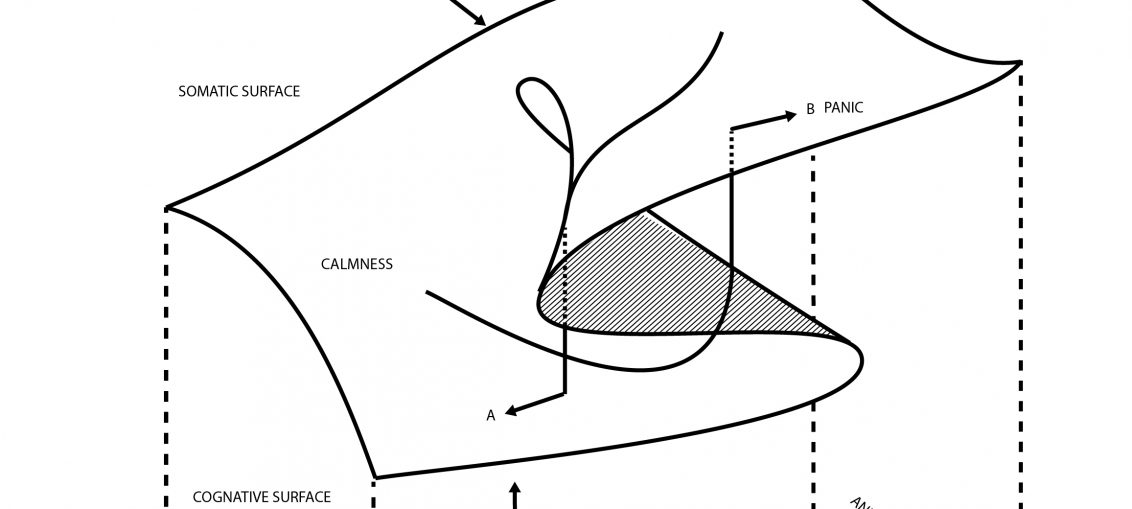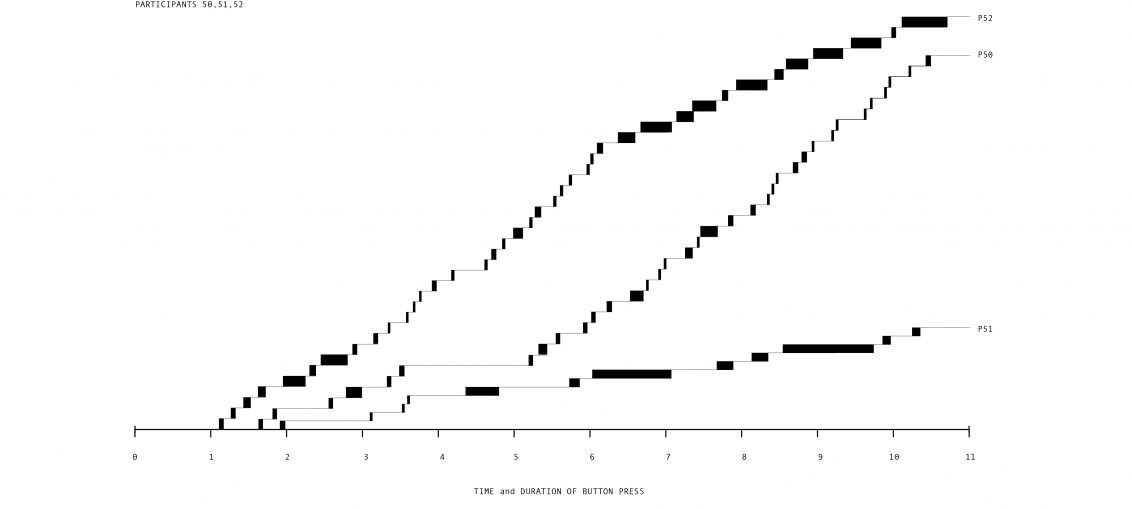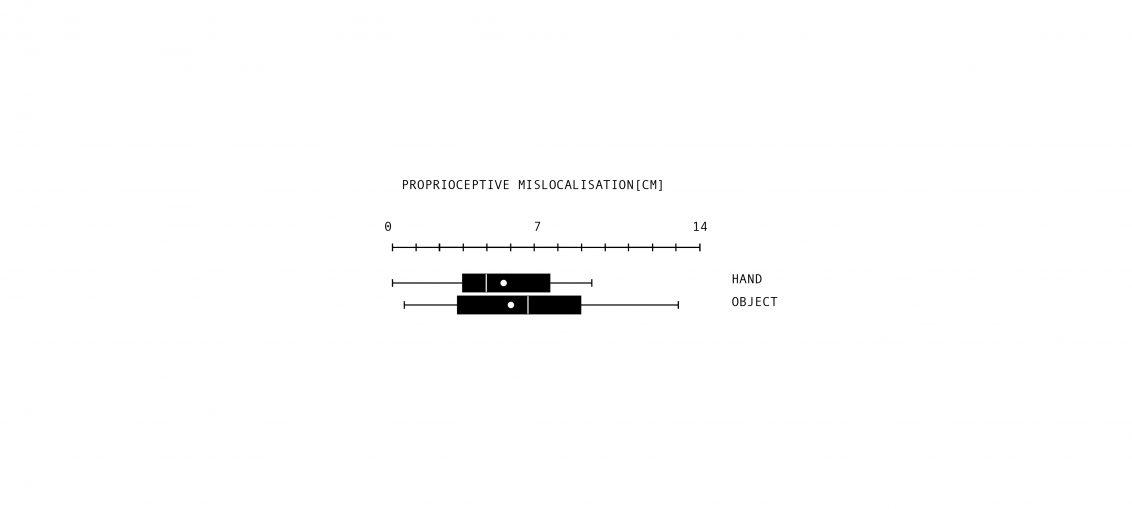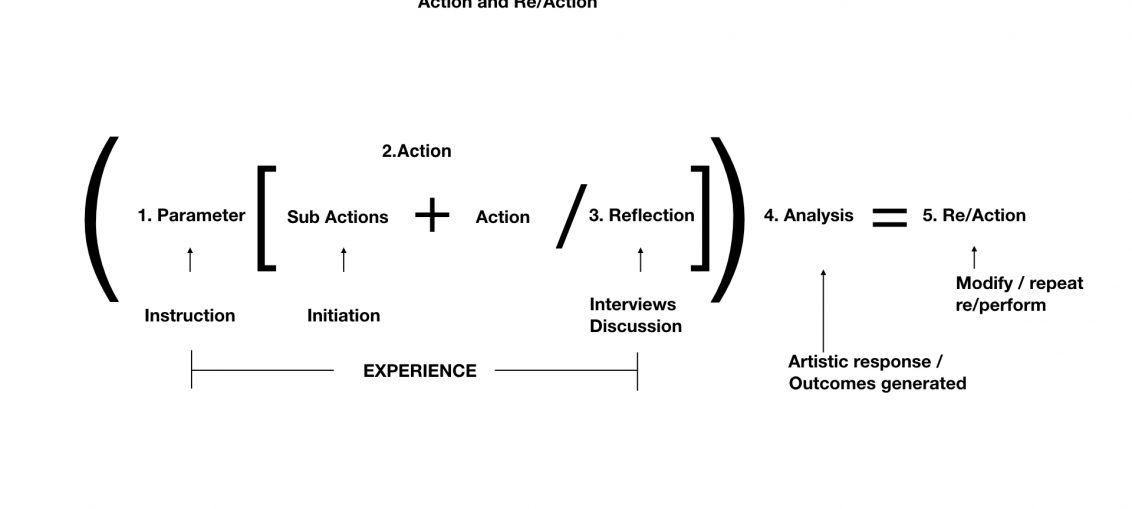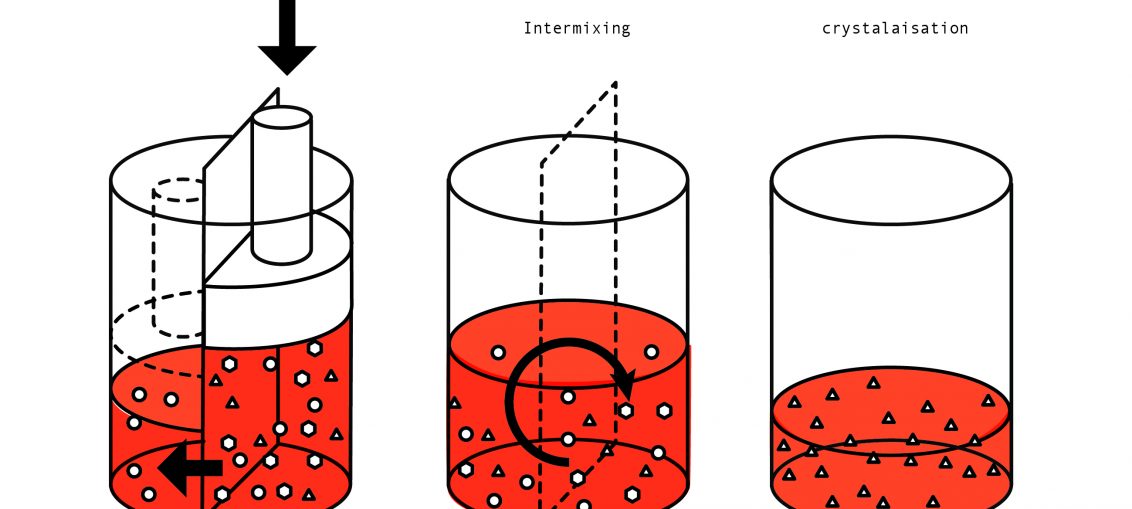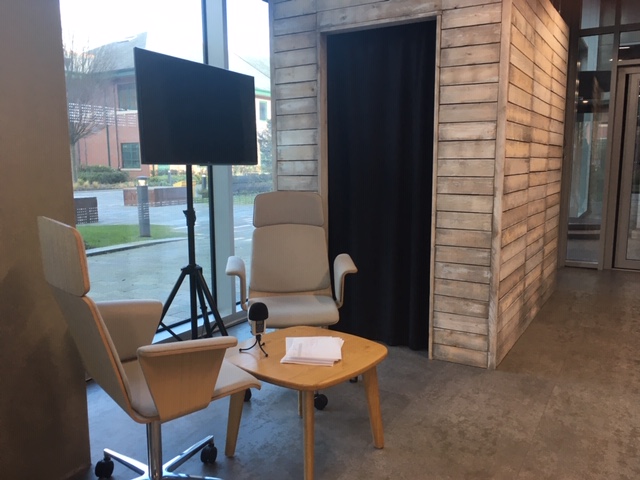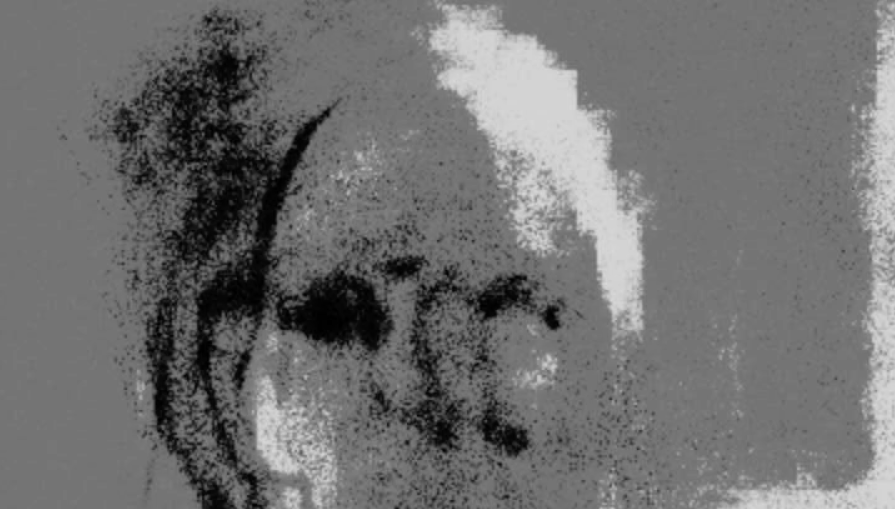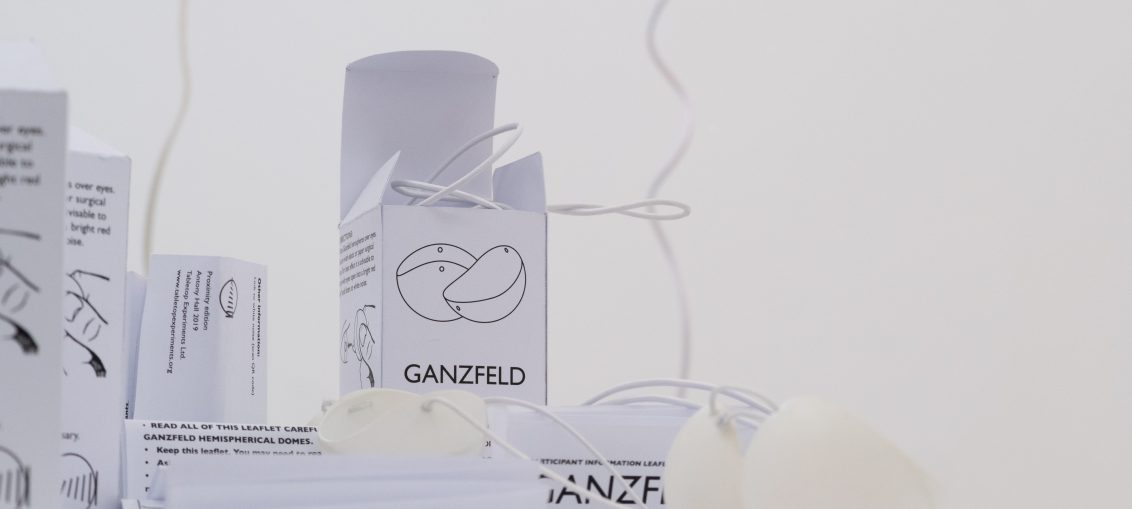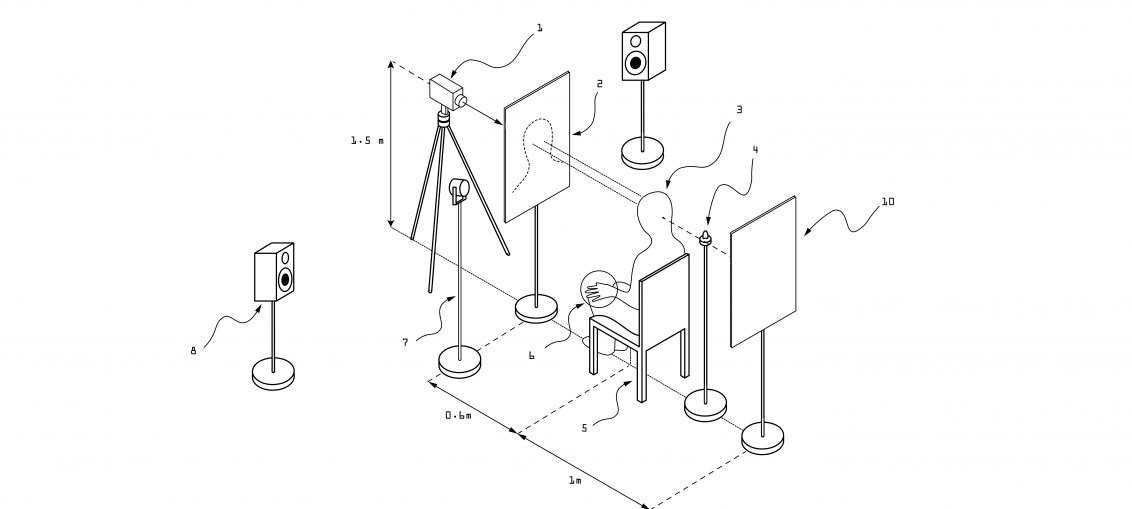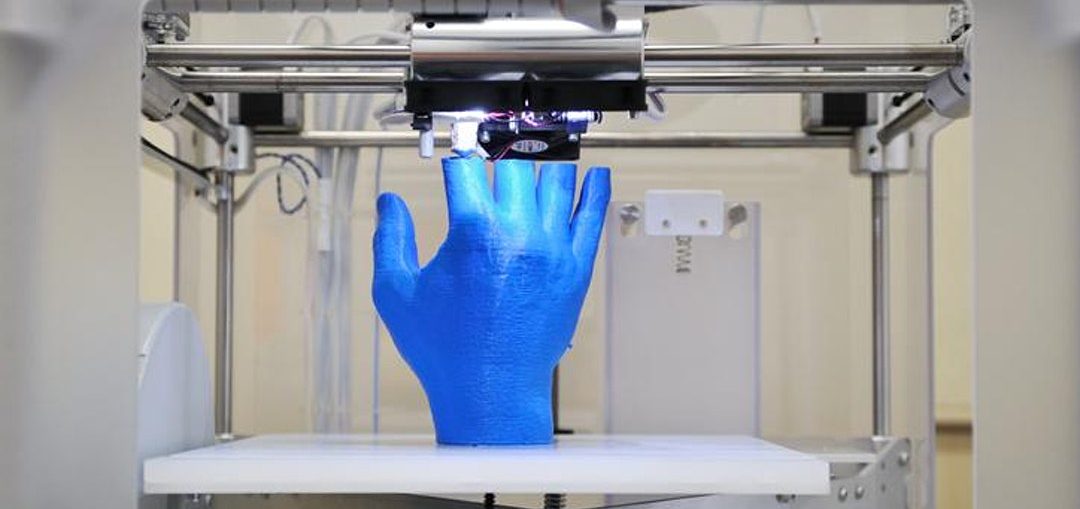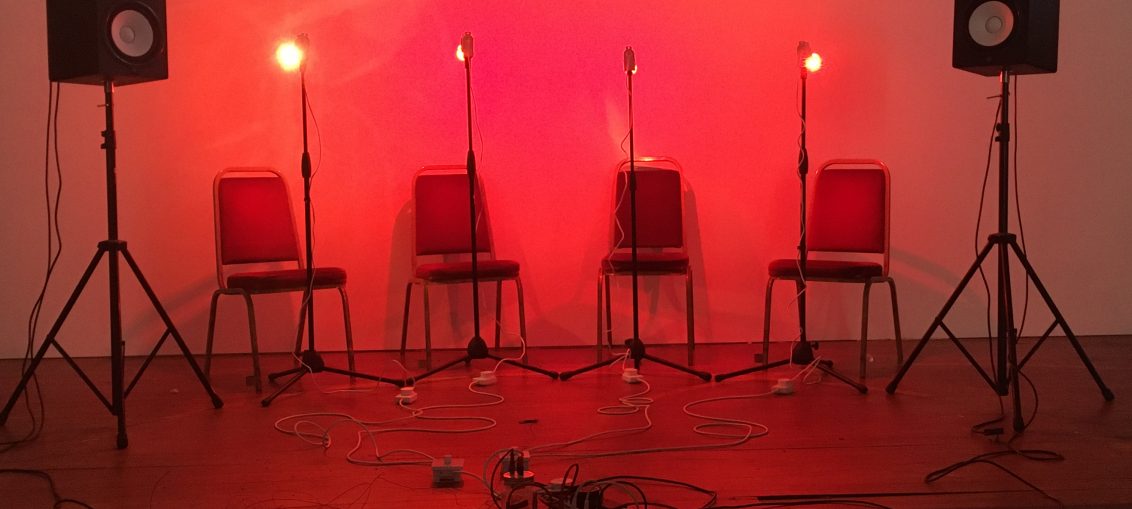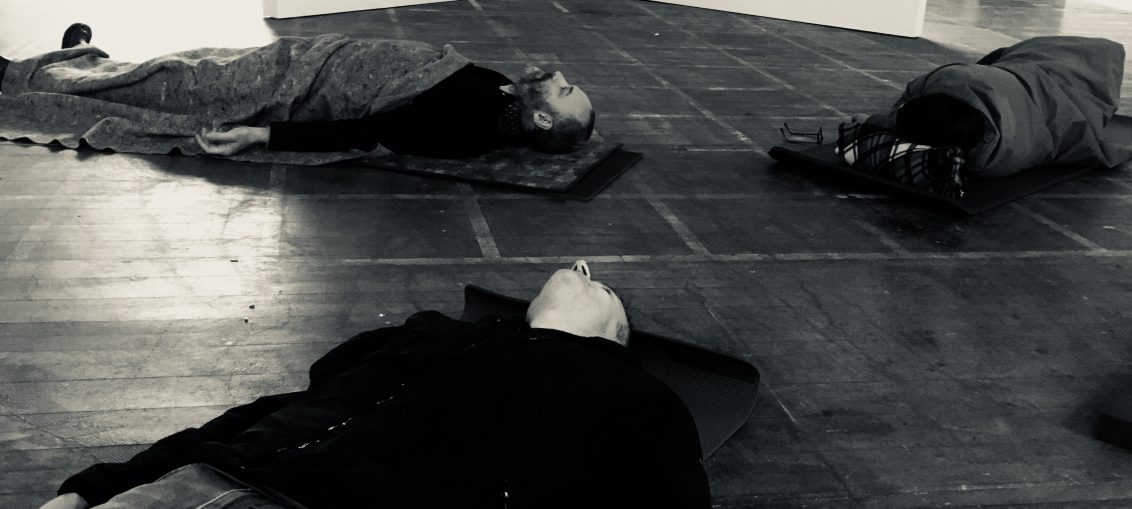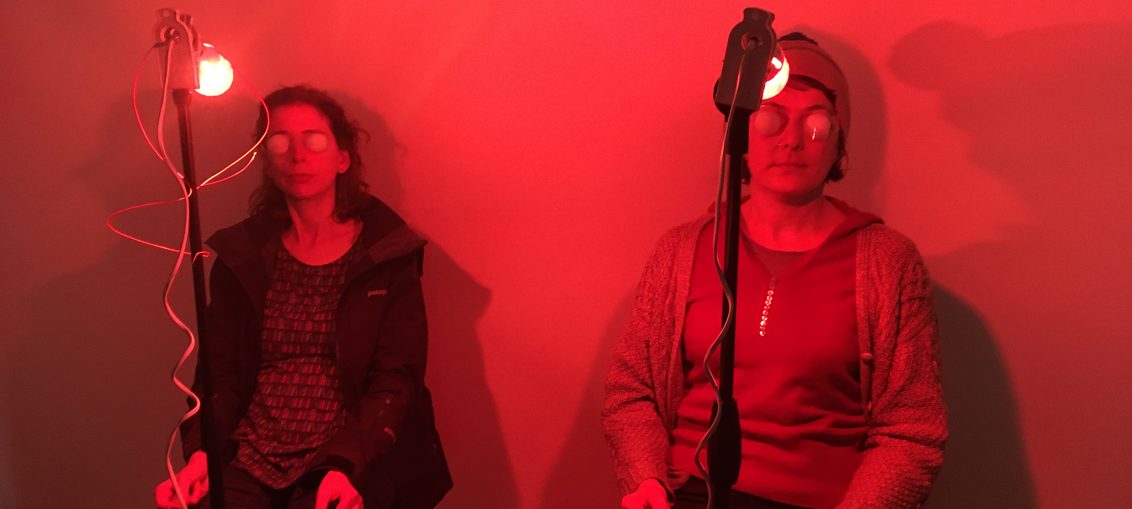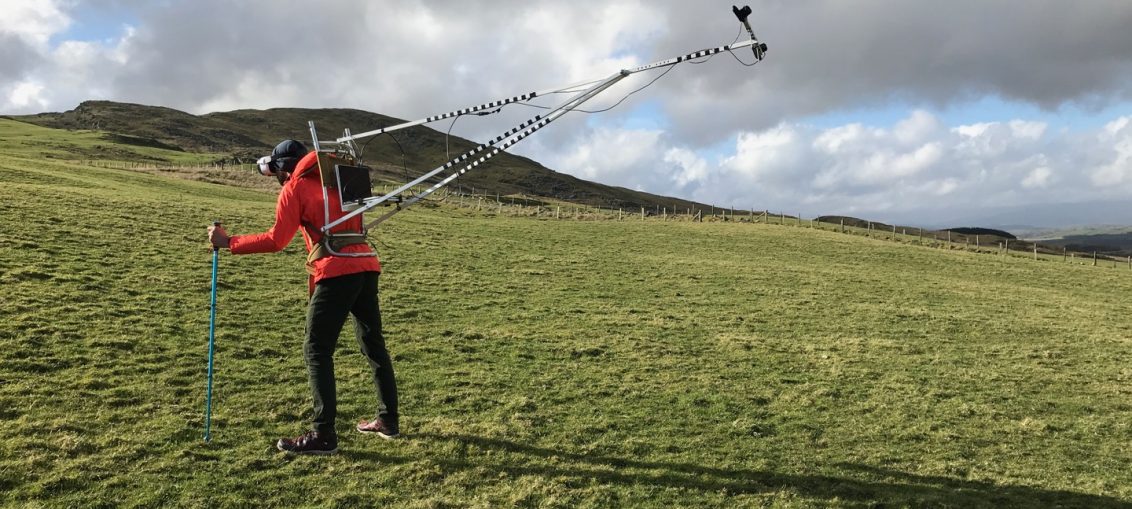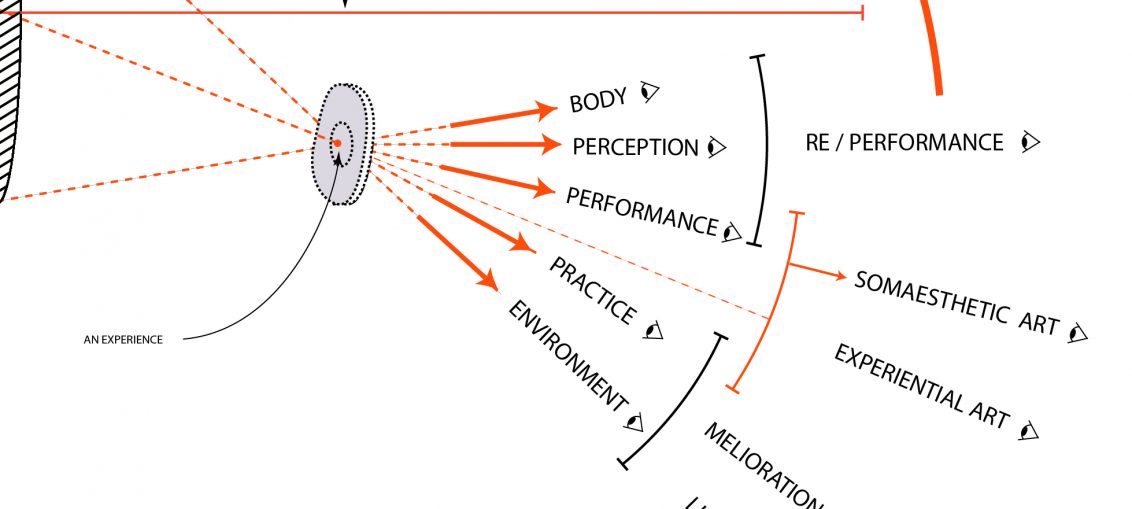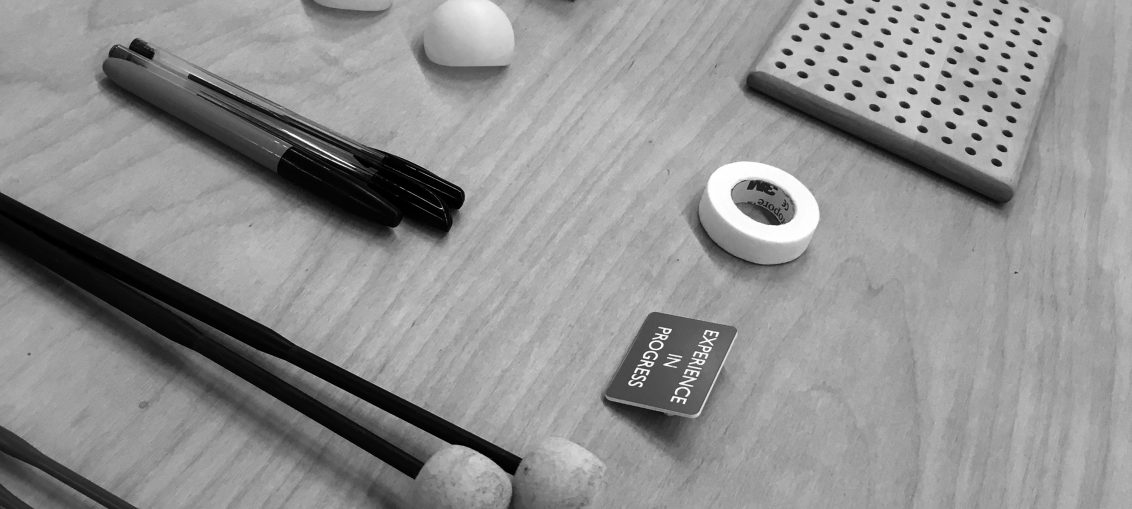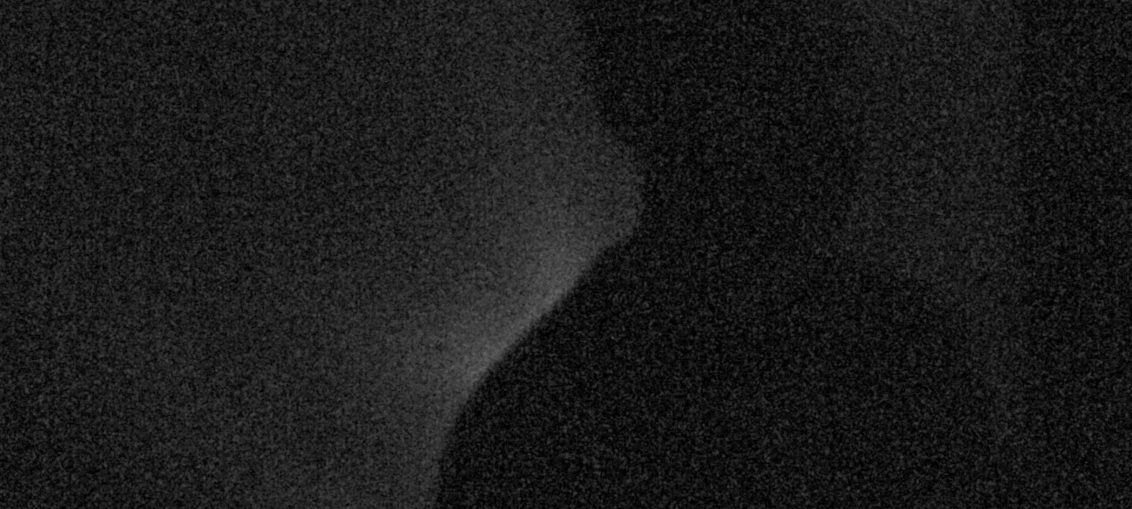Interface objects are generative processes, experiments, workshops, and ideas that are co-created, developed through collaborative processes between different communities.
Author: antonyhall
Para-Lab moss collecting Meander
A walking workshop with para lab. I created this bottle with instructions and hand-drawn illustrations, a different one for each bottle. We walked around manchester and collected mosses from some unusual sites, the route took us through some back streets and along the canal. Finally, we stopped at 'Home' constructed bottle gardens while chatting and drinking coffee.
Walking workshop – Proximity / para lab
A meander workshop proposal written for Para Lab, in response to a walking workshop by Ann Carragher with Proximity collective The meander like the ‘bimble’ is a method of walking research characterised by its semi-‘aimless nature’. The intention is that the multisensory relaxed and ‘rhythmical’ nature of walking allows for ‘slow observation’ and enables the participants to make new connections with the environment and between the participants though the discussions and actions along the way. Crucial to the meander is A the extraction of materials [physical samples, data, ideas] from the environment; this action demands a counter focus which cuts into the otherwise aimlessness of the walk. And B, The creation of the Delta Object; the subsequent sorting
Trust the process
“...embrace that which is unknown, derive wonder from illogical consequences, and then carry out experiments, derive further empirical observations based on the resultant emergent properties in that very moment of experience… make conjectures based entirely on the confusions about what was to be obtained, and generate questions which wh remain unanswerable…” Extract from ‘The Pressure of Ideas'
It is a thing
Nothing becomes a thing only when the experience of nothingness – or every thingness converge. Then and then only is the ‘thingness’ integrated within and demarcated from the general stream of other things or no-things… Such a thing is a whole and carries with it its own individualizing quality and self-sufficiency. It is a thing. Extract from 'The pressure of ideas"
It is an experiment
"We do an experiment when the phenomenon experimented upon runs its course to failure or success. Then and then only is it integrated within and demarcated in the general stream of the experiment from other experiments… Such an experiment is a whole and carries with it its own individualizing quality and self-sufficiency. It is an experiment.”Extract from 'The pressure of ideas 2020"
Object without perception: Obscurist edition
Another Object without perception workshop took place online in the form of the Obscurist edition [an extremely limited edition of 1] which included content designed especially for Wes Whites Wedding Ritual Project. A video was used during the workshop with flickering blue and white frames which provided the visual stimulus for the ganzfeld experience. Object without perception: Obscurist edition Object without perception: Obscurist edition Using the screen sharing facility of Zoom made for a strange intermittent, irregular flicker. Having run out of ganzfeld goggles I participated with my eyes closed.
Para Lab – Meander~Delta
On the 28th / 06/2020 para lab met up at Brunclough reservoir. Everyone was tasked with creating ’a device to test the material properties of a thing’. I produced an edition of 15 Meander~Delta objects [drawings and text contained within a petri dish] with which to collect things and make notes, I also brought a homemade tardigrade extractor [salad spinner]. The wind and rain on occasion proved to be too disrupting to do any detailed work – or too difficult even speak to each other… https://www.instagram.com/p/CB-3MrkllD6/?utm_source=ig_web_button_share_sheet https://www.instagram.com/p/CCBafc3F-2n/?utm_source=ig_web_button_share_sheet
Object Without Perception / Proximity / CV19 Edition 01/07/2020
This was the first of a series of virtual [zoom] workshops created as a response to social distancing and the CV19 epidemic. A workshop resource was created and posted to participants, who were also required to complete an online questionnaire before and during the workshop as a way to create psychometric profiles and also to collect results. Participants were also invited to leave feedback in the form of a product review. The Object without perception resource http://antonyhall.net/blog/product/object-without-perception-proximity-cv19-edition/ See the workshop details here... http://antonyhall.net/blog/product/object-without-perception-proximity-cv19-edition/ Bubbles of Perception Participant Profiles [results from online questionnaires] Ganzfeld experience in progress
Meandering and delta objects – walking as research
Meandering is an experiential research method enacted through walking in the natural [or urban] environment whist being tasked with a specific activity [collecting, experimenting, sampling the environment]. The aim is that this process may lead to new ideas and discussions which cause the participants to meander from the planned course of action and in doing so reveal alternative routes and different ways of looking. During the meander, notes are made, and the process is recorded; The sorting of residual material generated become a "Delta object" an archive of the event. Meander 1. To slowly wander from a given course. 2. (of a river or road) follow a winding course 3. a journey that has no particular direction: ~Delta 1. The accumulation and sorting of material as
Sciart Podcast
I was interviewed by RAH! for their Sciart podcast series. We ended up talking about some of my old works about my interest in amateur science and drawing and a little about my latest research for the PhD [Rubber and clay hands] RAH! Podcast at Manchester Met · Science and Art: Illustrating Scientific Ideas
Self-isolation
Ganzfeld Variations [Translucent paper cylinder method] From a series of workshop in the 'Experiments in Art and Perceptual Illusion' series, aimed at changing perceptions, heightening awareness, and ‘making strange’ of everyday experiences. Instructions for making: 1/ Cut section of greaseproof paper long enough to wrap around your head. 2/ Secure with tape to make a cylinder. 3/ Place overhead. You will sense the warmth of your own breath, and the loud sound of the paper near your ears. You will see colour and light but no detailed shapes. You will see the texture of the paper, but try to see beyond this. At first, this may feel claustrophobic [You might want to cut small holes for breathing or listening, but these should not
Catastrophe theory
This diagram [a work in progress based on Fazey and Hardy, 1988] shows how sudden shifts in behaviour can arise from small changes in circumstances [See Rene Thom - catastrophe theory]. It is used here to explain the process of how increasing cognitive and somatic anxiety might lead to feelings of depersonalisation numbness or panic attacks. Since these often result from small changes. Could this model be used to explain the experiences of hallucination and perceptual illusion? Some links here to how this is used in sport science - in relation to somatic and cognitive anxiety/ https://www.youtube.com/watch?v=XSSpOfPoIf4 Theory of Catastrophes http://users.fs.cvut.cz/ivo.bukovsky/SBS/en/Catastrophes/Catastrophes1.html
Measuring Anomalous experience.
Questionnaire results
Re-Action
A ‘Re/Action’ is a form of experiential art which resembles a workshop and consists of a series ‘actions’ performed or experienced by participants who interchange between roles of experimenter and audience. The focus is on reflection and introspection, for both the experimenter and participant. The process should generate new questions and evolving iterations for future action and re/action. 1. Initiation: Preparatory sub-actions, questionnaires and tasks that serve as cognitive primers which inform the following actions. 2. Action: The experience [an experiment] This should include qualitative and quantitative measures, further questionnaires, biometric data [sweat response / Heart rate] that feeds back into the experience. Importantly the process and apparatus of data collection are part of the experience. 3. Reflection: Interview and discussion. This should comprise of structured
Tabletop Experiments
A manifesto to celebrate 20 years of Tabletop Experiments. 1. The Tabletop Experiment is essentially amateur and DIY in its endeavour. It concerns science as recreation and as a practice that necessitates its own re-creation. 2. It is assembled from items readily available in the home, domestic technology; kitchen utensils, liquid soap or aquarium parts for example. 3. It is based upon a specific phenomenon of interest; an artefact of subjective perception, the physical behaviour of liquid, or the physical behaviours of an animal for example. 4. It is a discrete environment: a device, or instrument, within which a unique phenomenon can exist. Ideally this should be a rapidly developed prototype, which affords an aesthetic interplay between materials and technologies, driven by incidental function and serendipitous accident. 5.
Proximal Osmosis Collaboration
Osmosis is the gradual permeation of ideas between different fields. It implies a passive slow diffusion, an unconscious assimilation of knowledge. In biology it is a process by which molecules tend to pass through a semi-permeable membrane from a less saturated medium into a more saturated one. This leads to two mediums of equal saturation through a one-directional flow, resulting in two different volumes. These illustrations explore the idea of osmosis as a model for ‘collaboration’ as an alternative to the idealised collaborative sciart model often represented through the vesica Piscis [Fig. 1 and 2]. One in which ideas permeate through osmotic proximity [3] created by collaborative environment and mediums separated by a ‘proximal membrane’ through which ideas and knowledge
Mirror Gaze Experiment @MSP
I have been working with Manchester Science Partnerships to develop a range of workshops for their customers, the resident companies that use the park. The first session was the 'mirror gaze experiment'. During the mirror gaze experiment [MGE] participants are asked to stare at their own reflection in a mirror in a nearly dark room. An outline of the head is visible as a faint silhouette. In this state of partial sensory deprivation, the brain struggles to make sense of the information it sees. Forms and shapes begin to emerge as if from nowhere. For many observers, these develop into vivid visual hallucinations “monsters, archetypical faces, faces of relatives, and animals” (Caputo, 2012; Bortolomasi et al., 2014). This
Emergent Strange faces
https://www.youtube.com/watch?v=cs48nJo3ukU&feature=youtu.be Emergent strange face from recent workshop at Manchester Science Park A night vision camera captured video during the experiment from behind the mirror[see diagram here]. This used the program Isadora to detect movement using a ‘difference filter’ and building up an image using 'shimmer' and 'motion blur' filters with a long decay rate. An image builds up based on the collective movements of all 3 participants. A collective strange face. Emergent strange face from Proximity project Emergent strange face from Proximity project
Proximity – @ Paradise works 11/12/2019
GANZFELD Translucent White Hemispherical Domes x 2 45mm diameter. Handmade signed edition of 20. Image: Anya Stewart Maggs Images from the Proximity show at Paradis works; I created these handmade cardboard box containing two ‘Ganzfeld Hemispheres’. These are translucent white domes perfectly shaped and crafted to fit in the eye socket, with elastic strap and small ceramic bead for adjustment. Inside are a set of instructions. A signed edition of 20 was produced as a workshop resource. The work is activated through its use, and the experiences that come through its use, and continued practice. Ideally, it should be stored alongside other items in the medicine cabinet. [See the current version of this workshop - Perception without object] I also showed a series of transcripts
Schematic for mirror gaze experiment
Making as Paradox
I am pleased to be an invited speaker at the annual AHRC Student Conference, which will be held at the Baltic Centre for Contemporary Art, Newcastle. Here is the info... "The annual AHRC Student Conference, Baltic Centre for Contemporary Art, Newcastle, on 26th October 2019 from 10:30 till 16:00 A conference for practice-based research in Art, Design and Craft. This conference for practice-based research in Art, Design and Craft aims to provide a dynamic forum in which to explore new ways of creating knowledge through practice, with a particular focus on the disruption of technology in our made environments. The conference will contain a day of presentations, discussion and debate around contemporary themes that draw on the paradoxes of making today and by doing
Seven Practical experiments
Images from 'Seven Practical Experiments' workshop as part of Sum total of all the actions at Rogue artists studios. 1: Feldenkrais - See notes on the inwardly generated image (by deformation of the eyeball) 2. Anomalous perception scale Spontaneous sensations 3: Action intention paradox [See developmental notes] Alien hand 4: Concerning the inwardly generated image [See notes on Ganzfeld variation 1] 5: You are the object of your own observation [See notes on the mirror gaze experiment] 6: You are the object of your own observation. Mirror Gaze experiments in near darkness. 6: Perception without object [The perception of spatial relationships in respect to the orientation of one's body despite distracting information] See notes on Ganzfeld variation 2 7. The permanent possibility of experience. An based on the experiments of Ernst Mach [Notes to come]
On the inwardly generated image
A visual perception activity based on an Eyeball ATM [awareness through movement] an activity used in Feldenkrais [Teresa Brayshaw led the original session at the [Re]Action lab atLMJU] This session had the addition of generating phosphines in the eyeball through excitation and deformation of the eyeball.
Concerning the inwardly generated image
Testing the autoscope
Extracts from an experiment/performance with the Autoscope, to see if the feeling of disembodied/remote presence is amplified through taking on a challenging physical task, and to explore how this affects our perception of the landscape. Thanks to Andrew P Brooks for film and photography. "Autoscope builds on laboratory-based simulations of out of body experiences; the portable device allows the participant to freely navigate the world, experiencing themselves in 3rd person, as part of the landscape via a live video feed to a head-mounted display. The visual mechanisms are important in this illusion, but tactile and sonic stimuli further strengthen the effects. https://www.youtube.com/watch?v=yY7bs2Lih0Y&t=386s
Science re-imagined through the lens of somaesthetics
I find it helpful to think of physical metaphors to represent the research process. A phrase that comes up a lot in academic writing is this notion of an event or phenomenon through a 'lens'. How adopting a theoretical viewpoint can shed new light on a subject / revealing new meaning and understanding. In my own research, I have been interested in ‘somaesthetics' as a theoretical framework for my project. Science re-imagined through the lens of SOMAESTHETICS as illuminated by artistic research Somaesthetics, as defined by Richard Shusterman, foregrounds bodily perceptions and practices and how these contribute to knowledge and our construction of reality (1) specifically ‘pragmatic somaesthetics’ includes training and harnessing bodily experience. Furthermore, its practical element endorses bodily practice. This would
